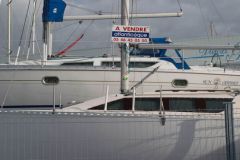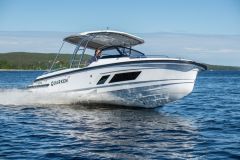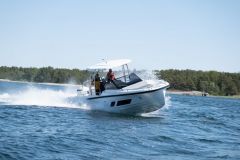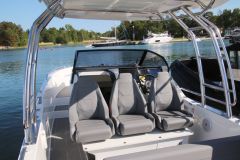The Marais Poitevin forms a mysterious and impenetrable territory, a true "green Venice". You can discover it aboard traditional boats, from one of the many piers that offer autonomous or guided excursions in the canals, ditches and other conches. An outing out of the world, of its frenzy and which leaves green in the heart for a good moment!
A human creation
The Marais Poitevin was born in the Middle Ages from the reclamation of the ancient Gulf of the Pictons. The land was reclaimed from the sea when monks built dykes and dug canals to drain this unhealthy, mosquito-infested area with silted-up shores. The dikes still protect the land from salt water, while the channels drain fresh water and regulate water levels.
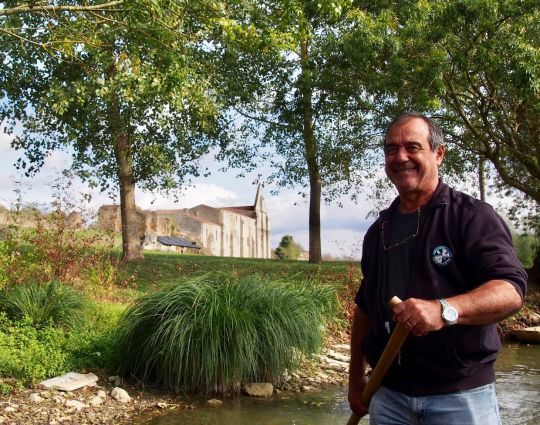
A large wetland!
The Marais Poitevin, covers about 110 000 hectares. It is crisscrossed by multiple canals, ditches and channels articulated around the Sčvre Niortaise and its tributaries. In all, 8200 km of waterways, almost as much as the entire French navigable network! A wetland of this size is of course a unique conservatory for fauna and flora. There are 337 different species of birds!
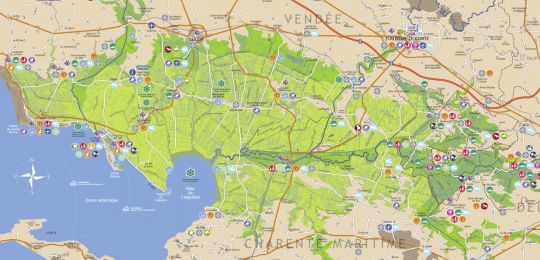
The charm of tradition
The maraichine plates are black, square at the front and thin at the back. They are now equipped with benches to allow visitors to go on excursions, alone or accompanied by a boatman. When choosing a pier, it is easy to find one that offers real traditional boats, thin, light and so pleasant to handle in the gullies barely wider than them.
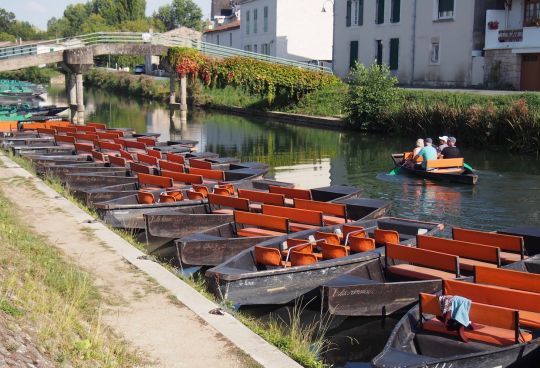
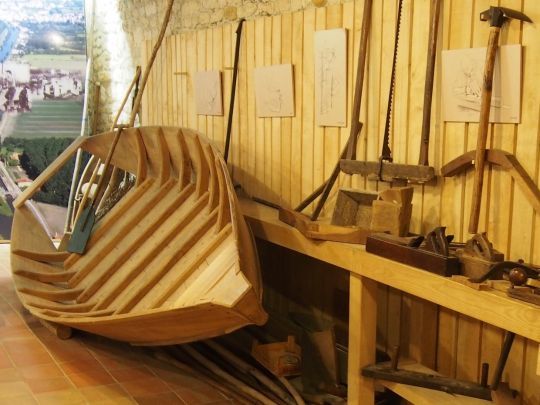
By hand, like the old ones
The flats are handled with a "shovel", that is to say with a simple paddle which is used for propulsion and direction. The boatmen also handle the "pigouille", a long iron pole with which they lean on the bottom. The gesture is elegant and efficient, but the cumbersome pigouille is only appropriate in open spaces.
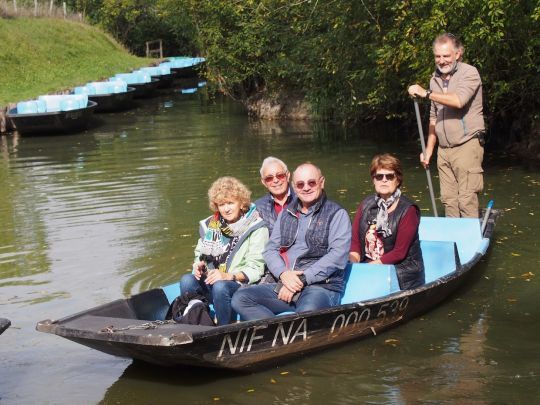
Touristic and serene
In the most touristic places, the banks are literally covered with boats and on beautiful Sundays, a merry go round takes place when they leave or return. However, as soon as one leaves the Sčvre to enter the marsh, the calm is restored and the world changes. The piers provide a sketch suggesting itineraries and signposts mark each junction. Nevertheless, if you are not careful, it is easy to get lost.
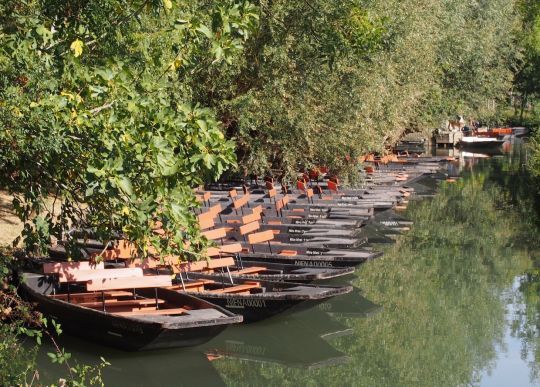
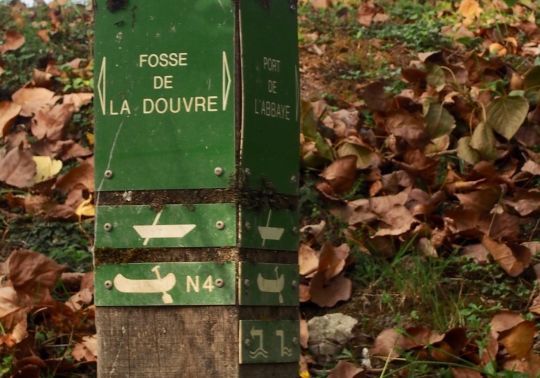
The memory of the marsh
The ideal is to use the services of a boatman. They know the marsh and speak well of it. They know how to show you the stump that shelters a coypu nursery, or the branch that marks the territory of a kingfisher. Finally, they know all about eel fishing, which was one of the great resources of the marsh, before the capture of elvers in the estuaries caused its virtual disappearance.
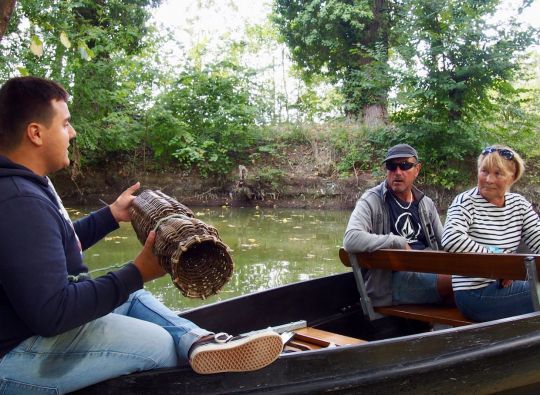
Despite the crowds at the piers, the canals are not crowded, and the natural peace is preserved. One is taken by the feeling of a green cathedral that emerges from the canopies of trees. One "enters the green", between duckweed and leafy canopy. Only a flat of the marsh can slide there without crumpling the surface durably.


